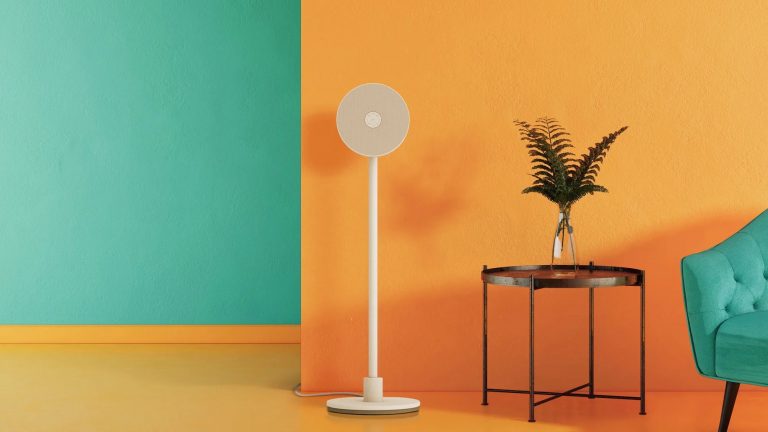Optimize Your Workspace with 4 Pro-Approved Ergonomic Strategies for a Pain-Free Desktop Experience

Unlock the Power of Ergonomics: A Guide to a Pain-Free Workspace
Your workspace might feel comfortable in the moment, but haphazard ergonomics can take a toll on your body if you aren’t careful. Make an audit of your workspace and ensure it’s up to snuff before aches and pains make you wish you’d done it earlier.
Proper ergonomics and immediate comfort aren’t the same thing, so it’s a good idea to defer to specialists. Years ago, experts from the University of Cincinnati College of Medicine published the results of a survey in the journal Ergonomics in Design, highlighting the importance of a well-designed workspace.
Today, this expert advice remains a valuable resource for anyone looking to create a workspace that promotes comfort, productivity, and long-term health. In this guide, we’ll explore the key elements of a pain-free workspace, starting with the importance of proper screen height.
1. Make Sure Your Screen is at the Right Height
A leading cause of pain from makeshift workstations stems from an improperly oriented screen. The study found that many laptop users’ screens are too low, causing neck strain from looking down for hours on end. Those with external displays often had them too high, causing the inverse problem.
The solution is simple: the top of your main screen should be at eye level, ensuring maximum screen real-estate is viewable from a neutral, forward head position. Any additional screens should be off to one side, but viewable straight on.
While it’s easy to accomplish with an external display, it can be a little tougher with a laptop. However, a stack of books can help raise it up to an appropriate level with ease, though it may leave you with some trouble typing, which brings us to step two.
Why Proper Screen Height Matters
- Reduces neck strain and discomfort
- Improves posture and reduces back pain
- Enhances productivity and focus
- Supports long-term health and well-being






